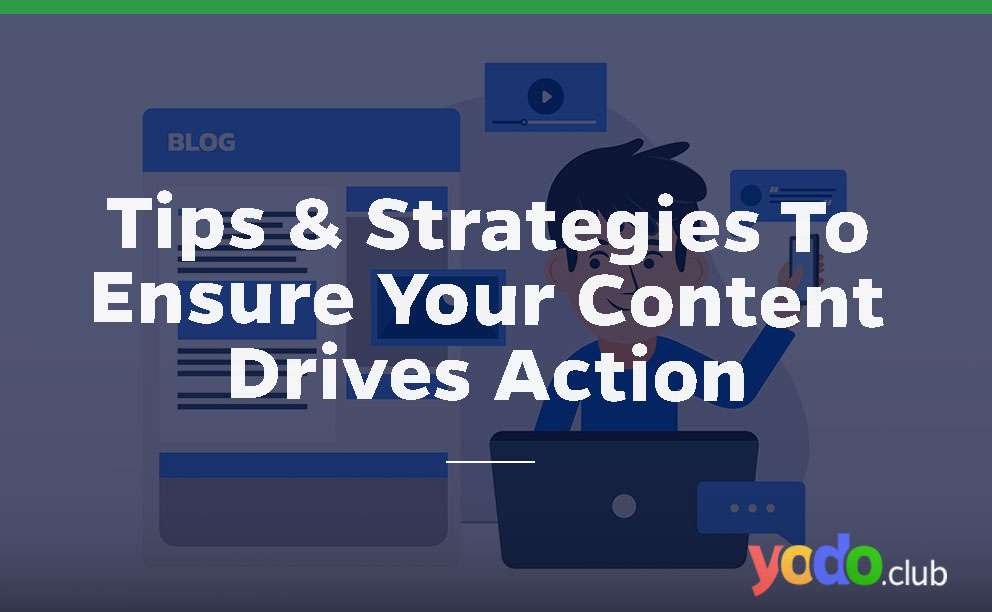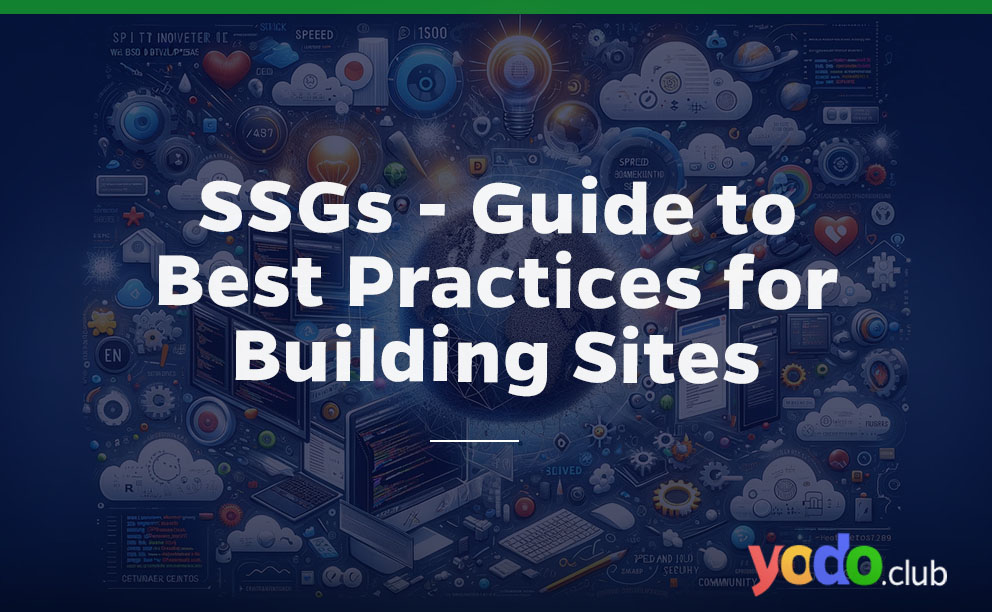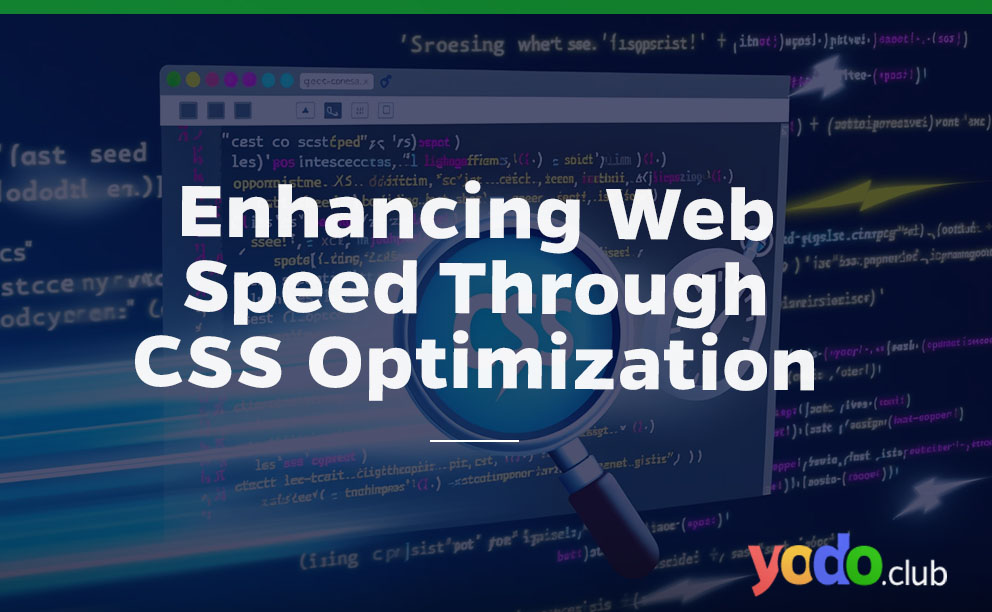Creating high-quality content is only the first step. To truly make an impact, your content must also drive action. This means inspiring your audience to take a specific action, such as making a purchase, subscribing to your newsletter, or sharing your content with others. The best way to ensure your content drives action is by crafting it with a targeted audience and specific goals in mind.
You should determine the target demographic of your content as well as what types of actions you want them to complete. From there, you can tailor your messaging and visuals to optimize for conversions.
In this post, we’ll explore the key elements that ensure your content drives action. From crafting compelling calls-to-action to using social proof and testimonials, we’ll provide you with practical tips and strategies for creating content that resonates with your audience and drives meaningful results.
Table of Contents
Key Elements of Action-Driving Content
To ensure your content drives action, it’s important to focus on key elements that can make it more effective. Here are some important factors to consider:
Focusing on User Intent
To create content that drives action, it is essential to focus on user intent. This means understanding what your target audience wants and needs from your content and crafting it in a way that addresses those desires. One way to do this is by conducting keyword research to identify the types of queries your audience is searching for and tailoring your content to answer those questions.
Headline Optimization
Your headline is the first thing that your audience sees, and it can make a big difference in whether or not they engage with your content. By crafting compelling and attention-grabbing headlines, you can increase the chances that people will click through and read your content. Some tips for optimizing your headlines include:
- using emotional language
- creating a sense of urgency
- evoking curiosity to encourage clicks
- and being clear about the value that your content provides.
Engaging and Relevant Content Creation
Creating content that is engaging and relevant to your target audience is essential for driving action. Your content should address your audience’s pain points, answer their questions, and provide them with valuable information. By doing so, you can build trust and establish yourself as an authority in your niche.
Leveraging Visuals to Enhance Engagement
Visuals are one of the most important elements of action-driven content. Using high-quality images, videos, and other visual assets can enhance engagement and encourage readers to take action. When selecting visuals, consider their relevance to your content and their potential to evoke emotion and tell a story.
Storytelling Techniques
Using storytelling techniques in your content can be an effective way to connect with your audience on an emotional level and prompt them to take action. By sharing personal anecdotes or using examples that your audience can relate to, you can make your content more memorable and impactful.
Call-to-Action (CTA)
Your call-to-action (CTA) is part of your content that prompts your audience to take action, such as subscribing to your newsletter or making a purchase. By optimizing your CTA to be more compelling and visible, you can increase the chances that people will follow through and take the desired action.
Social Proof Integration
Integrating social proof into your content, such as customer reviews or testimonials, can help build credibility and trust with your audience. By seeing that other people have had positive experiences with your brand, your audience will be more likely to take action and engage with your content.
Improving Call-to-Actions to Increase Conversion Rates
A call-to-action (CTA) is a crucial element of action-driving content, as it prompts the audience to take the desired action. In this section, we will explore how to improve CTAs to increase conversion rates.
Elements of a Strong CTA
A strong CTA should be clear, concise, and specific. It should tell the audience exactly what they need to do and what they can expect in return. Some essential elements of a strong CTA are:
Action-oriented verbs (e.g., “Get,” “Download,” “Subscribe”)
Benefit-focused language (e.g., “Get Your Free E-Book Now”)
Urgency (e.g., “Limited Time Offer”)
Placement (e.g., above the fold, at the end of a blog post)
Creating Compelling CTAs
To create compelling CTAs, you need to focus on the benefits for the audience. What value will they get from taking the desired action? Some tips for creating compelling CTAs are:
- Use personalization to make the CTA more relevant to the audience
- Experiment with different colors and designs to make the CTA stand out
- Consider offering incentives to motivate the audience to take action
- Keep the CTA above the fold, so it’s easily accessible
Examples of Effective CTAs
Here are some examples of effective CTAs:
- “Subscribe to our newsletter and get exclusive tips and insights.”
- “Download our free e-book and learn how to increase your website traffic.”
- “Join our community and get access to premium content and resources.”
- “Get your free trial today and see the difference.”
By incorporating these elements and tips into your CTAs, you can increase the chances of the audience taking the desired action and driving more conversions.
Measuring the Success of Action-Driving Content
Measuring the effectiveness of your content in driving action is crucial to understanding how it’s resonating with your audience and making improvements accordingly. Here, we’ll discuss the different metrics to measure, tools to track progress, and how to evaluate the ROI of your content.
Metrics to Measure
- Traffic: How much traffic is your content driving to your website?
- Engagement: How long are users staying on your page, and are they engaging with your content by commenting or sharing?
- Conversions: Are users taking the desired action after consuming your content, such as filling out a form or making a purchase?
- Social Shares: How many times is your content being shared on social media, and by whom?
Tools to Track Progress
- Google Analytics: Track website traffic, engagement, and conversions.
- Heat Mapping: Visualize how users are engaging with your content.
- Social Media Analytics: Track social media shares and engagement.
- A/B Testing: Experiment with different versions of your content to see what drives the most action.
Evaluating ROI
- Calculate the cost of producing your content versus the return it’s generating.
- Determine the lifetime value of a customer and how your content is contributing to that value.
- Use your metrics to identify areas for improvement and adjust your strategy accordingly.
The Role of Visuals in Driving Action
Visuals are a critical component of any successful content marketing strategy. Studies have shown that content with images or video receives significantly more engagement and views than text-only content.
When it comes to choosing the right visuals for your content, certain types of visuals tend to work better than others. These can include high-quality images, infographics, videos, and interactive content such as quizzes or polls. The key is to choose visuals that are not only visually appealing but also support the message you’re trying to convey.
Using Images to Evoke Emotion and Tell a Story
Images, in particular, can be a powerful tool for evoking emotion and telling a story. By using images that are relevant to your content, you can help your audience connect with your message on a deeper level. For example, if you’re writing about the benefits of a healthy lifestyle, including images of people enjoying outdoor activities or preparing healthy meals can help reinforce your message.
Tips for Incorporating Visuals into Your Content
Incorporating visuals into your content can also help break up long blocks of text, making your content more visually appealing and easier to read. However, it’s important to use visuals strategically and avoid overloading your content with too many images or videos, which can slow down page load times and detract from the overall user experience.
To effectively incorporate visuals into your content, consider using a mix of high-quality images, creating infographics, and videos. When selecting visuals, focus on those that are relevant to your content and help to support your overall message. By strategically incorporating visuals, you can create content that not only drives action but also engages and delights your audience.
Effective Content Distribution Strategies
Effective content distribution is crucial for driving action and maximizing the reach of your content. Beyond social media, you can distribute your content through various channels, such as forums, online communities, and content syndication networks. These channels can help you reach a wider audience and establish your brand as an authority in your niche.
Let’s explore some effective content distribution strategies that go beyond social media:
Email Marketing
One of the most effective ways to distribute your content is through email marketing. Build an email list and send regular newsletters or updates featuring your latest content. This not only helps you stay top-of-mind with your audience, but it also allows you to drive traffic to your website and increase engagement.
Moreover, you can create email campaigns that target specific segments of your audience with personalized content that drives action. With email marketing, you can also track your open rates, click-through rates, and conversions to optimize your campaigns for better results.
Guest Blogging
It’s another way to distribute your content and reach a new audience. By writing for other blogs in your niche, you can tap into their readership and gain exposure for your brand.
Publishing guest posts on high-authority websites in your industry is a great way to expand your reach and drive traffic back to your website. Make sure to include links to your website or blog in your author bio and in the content itself to drive traffic and boost your website’s SEO.
Influencer Outreach
Partnering with influencers in your industry can help you reach a wider audience and increase the credibility of your content. Identify influencers in your industry and reach out to them with a compelling pitch to collaborate on a piece of content that they can share with their audience. You can also leverage their expertise and credibility to build trust with your audience and drive action.
By using a combination of these strategies, you can reach a wider audience, establish your brand as an authority, and drive more traffic, leads, and sales for your business.
In addition to these strategies, make sure to repurpose and optimize your content for different channels and formats to maximize its impact. By creating a well-rounded content distribution strategy, you can drive more action and grow your audience.
Repurposing and Optimizing Content for Maximum Impact
Repurposing and optimizing your content is the key to driving action. By taking one piece of content and turning it into multiple formats, you increase the chances of it being seen and shared by your audience.
For example, you can repurpose your content for different channels and formats, like:
- Blog to Video or podcast
- Infographic to Blog
- Podcast to Transcript
- E-Book to Blog Series
- Blog to social media posts
It will help you promote the blog, increase your reach, and draw in more potential customers.
You can also optimize your content by using keywords and phrases that your audience is searching for, making it easier for them to find it.
By analyzing your content’s performance, you can identify which formats and topics resonate best with your audience and focus on creating more of that type of content.
Remember, the more you repurpose and optimize your content, the more likely it is to drive action and achieve your business goals.
Conclusion
Overall, ensuring that your content drives action requires a combination of different elements, including optimizing headlines and CTAs, creating engaging and relevant content, incorporating visuals, and distributing your content effectively. By implementing the strategies outlined in this post, you can increase the chances of your content driving the desired action from your audience.
Remember to measure your success using relevant metrics and tools, and don’t be afraid to repurpose and optimize your content for maximum impact. With these tips in mind, you can create action-driven content that resonates with your target audience and helps you achieve your business goals.






 & Passion.
& Passion.